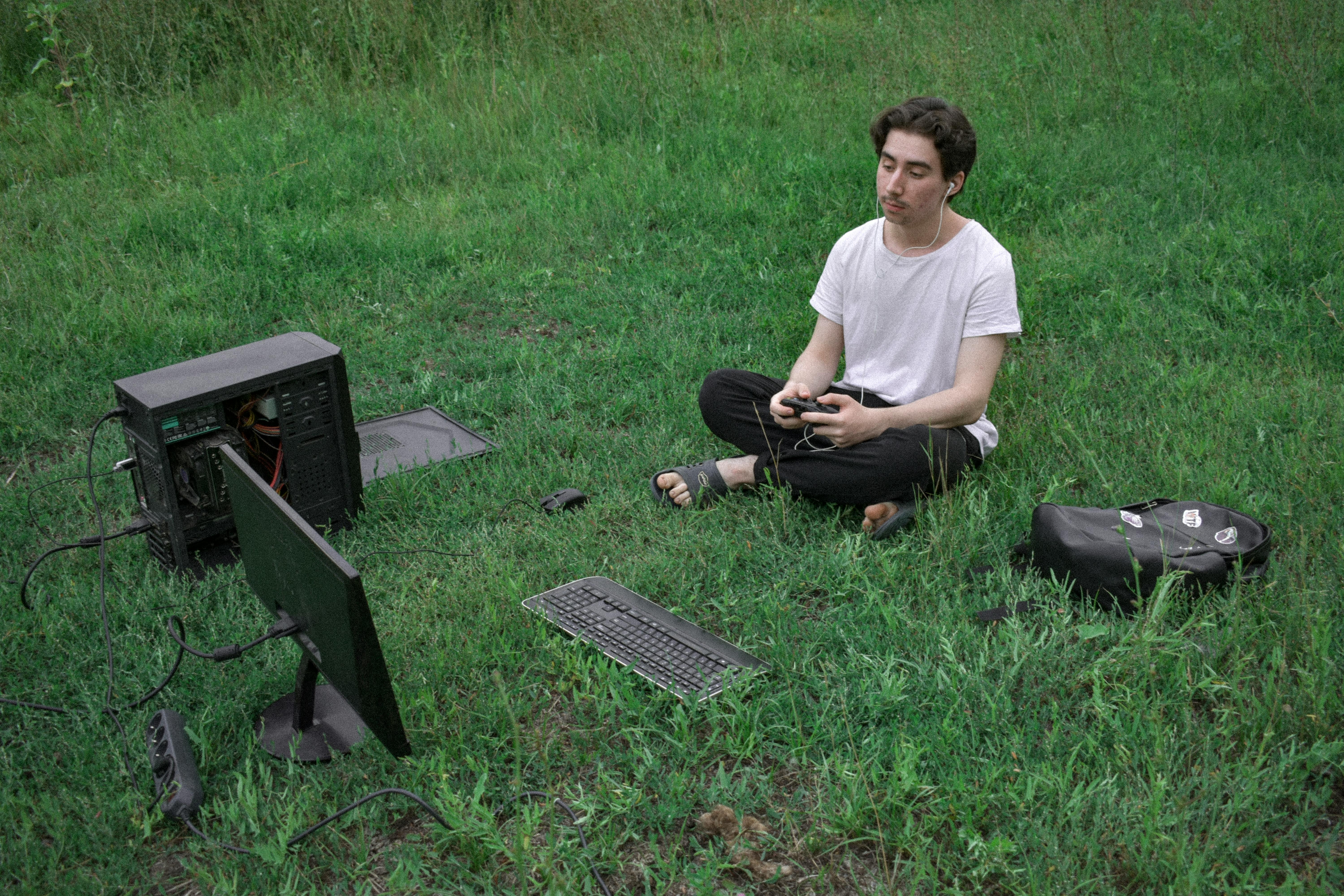Very often we find off-the-shelf commercial technologies well suited for military applications and vice versa with military transfer technologies. Therefore, careful observers should be aware of dual-use technologies and all their potential applications. As the founder of an online think tank, these things are constantly on my mind. Recently, I was reviewing some research funded by IARPA – Intelligence Advanced Research Projects Agency and I thought, this is pretty tricky technology and it has applications everywhere.
You see, there was an interesting article that caught my eye in the Journal; IEEE TRANSACTIONS ON MICROWAVE THEORY AND TECHNIQUES, entitled; “Spectral Signatures for Identifying Explosives with Broadband Millimeter Wave Illumination”, James C. Weatherall, Jeffrey Barber, and Barry T. Smith. The summary, among other information, read as follows:
“Millimeter wave imaging systems used in airports, government buildings, and other personnel screening facilities use Advanced Imaging Technology (AIT) to detect explosives and weapons concealed under clothing. Additional information can be applied to the data from images to identify the composition of the detected objects. The method described here demonstrates that material data in the form of dielectric constant can be derived from the variation of millimeter-wave reflectivity over a frequency range of 18 to 40 GHz. By adjusting the reflectivity to an optical model, the thickness and dielectric constant, including attenuation, can be calculated.
Well, if this is possible, we can build robotic recycling handlers to go through the waste, trash, and trash that humans dump and extract plastics, metals, glass, paper, wood, and organic material for mulch, without a single human hand. . never touching anything or even supervising much to monitor the robotic imaging system. So let’s discuss this, shall we?
Imagine dumping trash onto wide conveyor belts with a reflective surface to enhance the image of these millimeter waves, then as the conveyor belt moved, many robotic arms would capture the various pieces of debris based on type and sort them onto other conveyor belts. “U-shaped” that moved. those parts to the proper categorized bin corresponding to the type of material, then imagine those large bins on rails, moving forward as they fill up on the wagons, then each train heads to the specialized recycling facility that handles that specific material: iron, copper, aluminum , cardboard and paper, glass, rubber and/or plastics.
Of course, as advanced as such a process may seem, it is not difficult to imagine or create. Will this technology solve our recycling efficiency challenges once and for all? Please consider all this and think about it.




